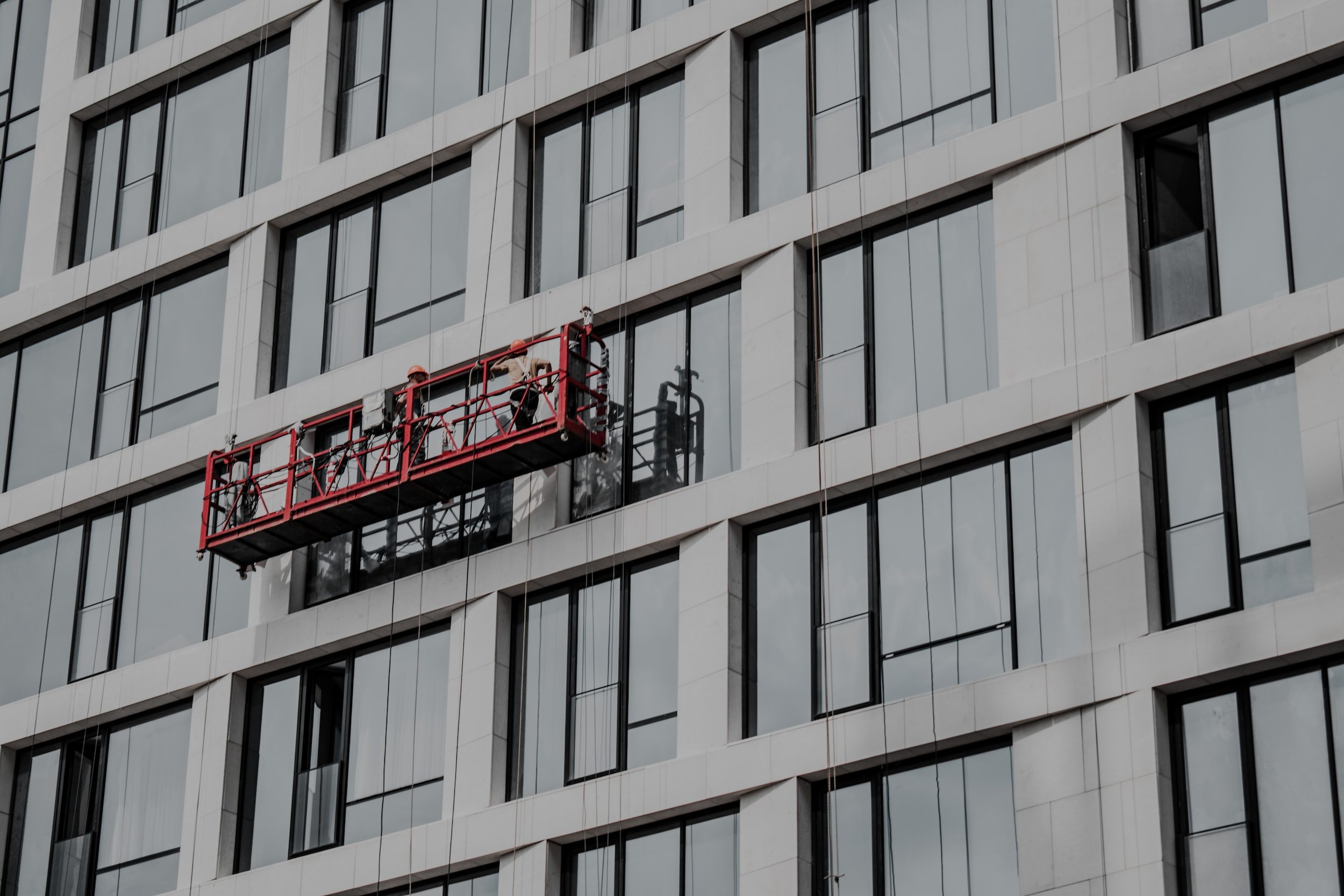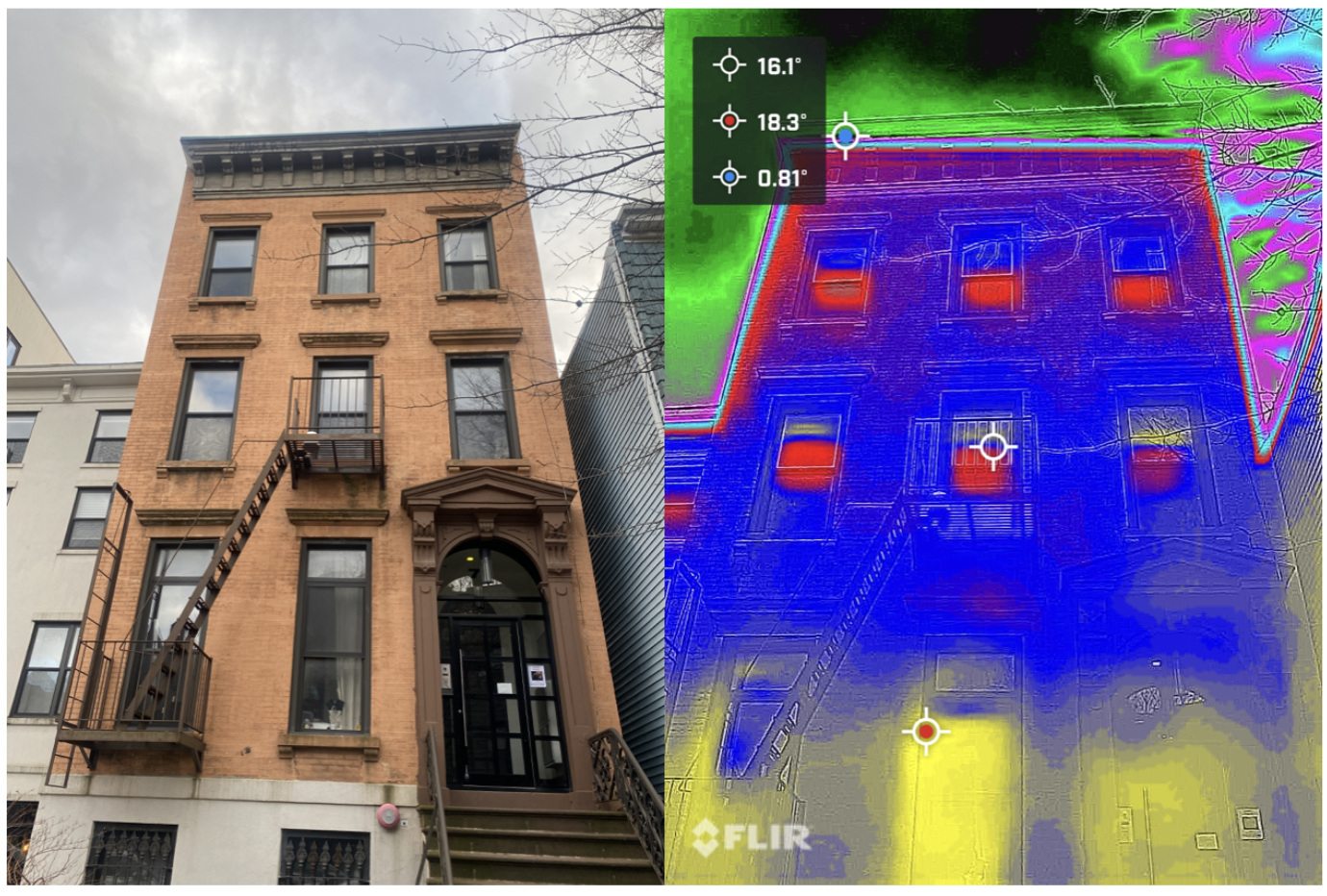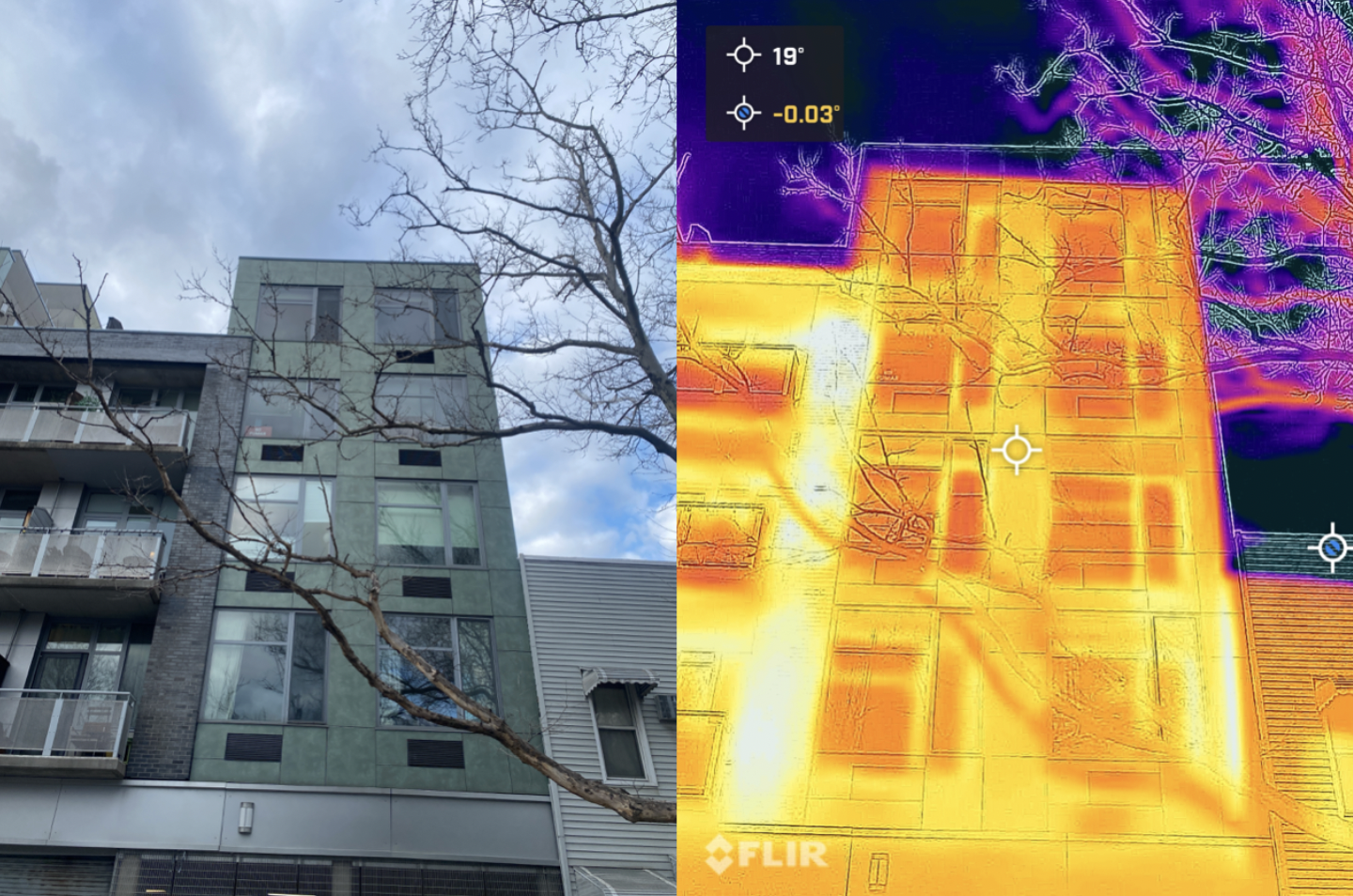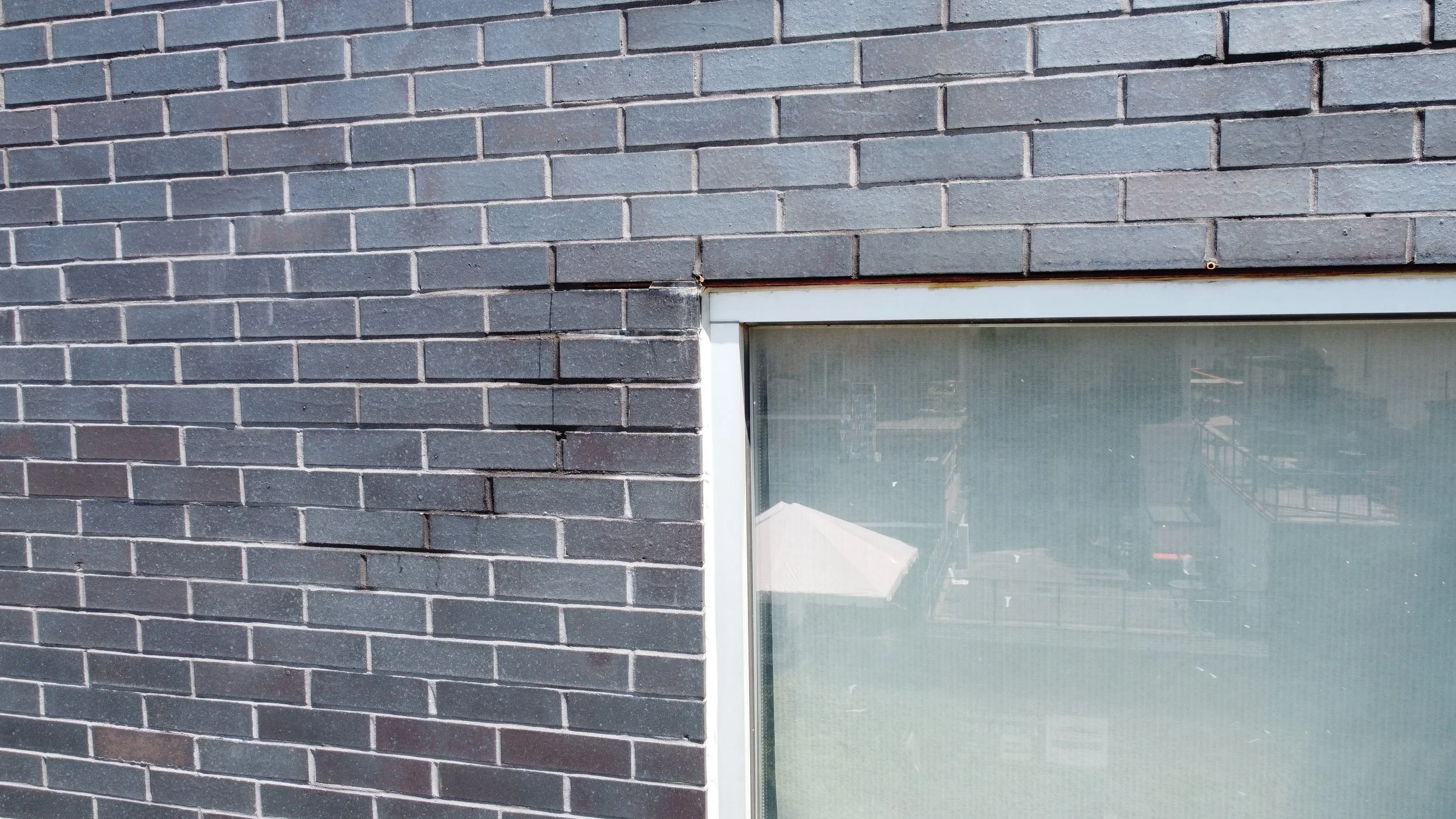
Commercial Solutions
Elevated Facade Inspection using the latest Drone Tech
Comply with Local Law 11 FISP regulations using our drone-based building facade inspections. Our state-of-the-art technology enables us to inspect hard-to-reach areas, identifying potential risks to the safety of residents and the public.
Our approach reduces costs and disruption, keeping your property accessible and functional throughout the process. Trust our experienced team to provide efficient and thorough inspections, ensuring compliance and safety.
Our Services
NYC Local Law 11 FISP Compliance
Facade Inspections
Advanced Leak Detection
Drone powered Aerial Assessment
Environmental Infiltration Assessment
Cost-Effective Facade and Envelope Inspections
Using the latest technology, we help identify and remediate potential and ongoing water and moister infiltration. We partner with some of the leading architecture engineering and construction management firms to analyze the effectively inspect your property.



Infrared water leak detection
Infrared water leak detection is a non-invasive, non-destructive method of detecting water leaks in plumbing and building systems. This technique uses infrared thermography to identify temperature differences caused by leaking water, allowing the precise location of the leak to be determined.
Infrared thermography works by capturing images of heat signatures using an infrared camera. When water leaks from a pipe or other source, it typically cools the surrounding area, creating a temperature difference that can be detected by the camera. These temperature differences can be subtle, making infrared water leak detection an effective way to identify leaks that might otherwise go unnoticed.
One of the main advantages of infrared water leak detection is its non-invasive nature. Unlike traditional methods of leak detection, such as drilling holes or tearing apart walls, infrared thermography does not require any physical damage to the building or plumbing system. This means that leaks can be detected quickly and accurately without causing unnecessary disruption or damage.
In addition to its non-invasive nature, infrared water leak detection is also a highly accurate method of leak detection. By pinpointing the exact location of the leak, repairs can be made quickly and efficiently, reducing the risk of further damage to the building or plumbing system.
Overall, infrared water leak detection is a valuable tool for building managers, homeowners, and plumbing professionals. By using this technology, leaks can be identified early, reducing the risk of water damage and costly repairs.
Building envelop inspection
Building envelope inspection is a process that involves a thorough examination of the exterior elements of a building to assess their condition and identify any potential issues. The building envelope includes all the elements that separate the indoor environment from the outdoor environment, such as walls, roofs, windows, doors, and foundations.
The main purpose of a building envelope inspection is to identify any defects or deficiencies in the exterior elements of the building that may compromise its performance, energy efficiency, and structural integrity. During the inspection, a variety of tools and techniques may be used, including visual observation, thermal imaging, moisture meters, and air leakage testing.
Some of the common issues that may be identified during a building envelope inspection include:
Water Intrusion:
Water intrusion can cause significant damage to a building's structure and lead to mold growth, which can be a health hazard. An inspection can identify areas where water is entering the building and help determine the source of the problem.
Air Leakage:
Air leakage can reduce energy efficiency, increase utility costs, and create uncomfortable drafts. An inspection can identify areas where air is leaking out of the building and help determine the most effective way to seal these areas.
Overall, building envelope inspection is an important part of maintaining the long-term health and performance of a building. By identifying and addressing any issues early on, building owners and managers can reduce maintenance costs, increase energy efficiency, and ensure a safe and comfortable indoor environment.
Insulation Issues:
Insulation is essential for maintaining a comfortable indoor environment and reducing energy costs. An inspection can identify areas where insulation is lacking or damaged and help determine the most effective way to address these issues.
Structural Deficiencies:
Structural deficiencies, such as cracks or deteriorating materials, can compromise the building's stability and pose a safety hazard. An inspection can identify these issues and help determine the most appropriate repairs.
Drone-Powered Facade Inspections
Building facade inspection with drones equipped with infrared cameras is an advanced technique that uses thermal imaging to detect and analyze temperature differences on the building facade. This technology allows building owners and managers to identify potential issues with the building envelope, such as energy inefficiencies, water leaks, and insulation problems.
Infrared cameras can detect temperature differences on the building facade, which can indicate areas of energy loss or potential moisture intrusion. The drone equipped with the infrared camera can fly around the building and capture thermal images, which can be analyzed to identify areas of concern. This type of inspection is especially useful for buildings that are difficult to access or have complex architecture.
Benefits of building facade inspection with drones equipped with infrared cameras include:
Improved Accuracy:
Infrared cameras can detect temperature differences with a high degree of accuracy, allowing building professionals to identify potential issues with the building envelope.
Enhanced Safety:
Drones equipped with infrared cameras can fly around the building and capture images without the need for workers to access high or hard-to-reach areas.
Some of the issues that can be identified during a building facade inspection with drones equipped with infrared cameras include:
Energy Inefficiencies: Infrared cameras can detect areas of heat loss or gain, which can indicate energy inefficiencies in the building envelope.
Moisture Intrusion: Infrared cameras can detect areas of moisture intrusion, which can indicate potential water leaks or other issues with the building envelope.
Insulation Problems: Infrared cameras can detect areas where insulation is lacking or damaged, which can indicate potential energy loss or other issues.
Overall, building facade inspection with drones equipped with infrared cameras is an advanced and efficient technique that can provide valuable data for building owners and managers to ensure the safety, efficiency, and long-term health of their buildings.
Cost-Effective:
Building facade inspection with drones equipped with infrared cameras can be more cost-effective than traditional inspection methods, as it eliminates the need for specialized equipment and labor-intensive manual inspections.
Non-Invasive:
Building facade inspection with drones equipped with infrared cameras is a non-invasive technique that does not require any physical damage to the building or plumbing system.

